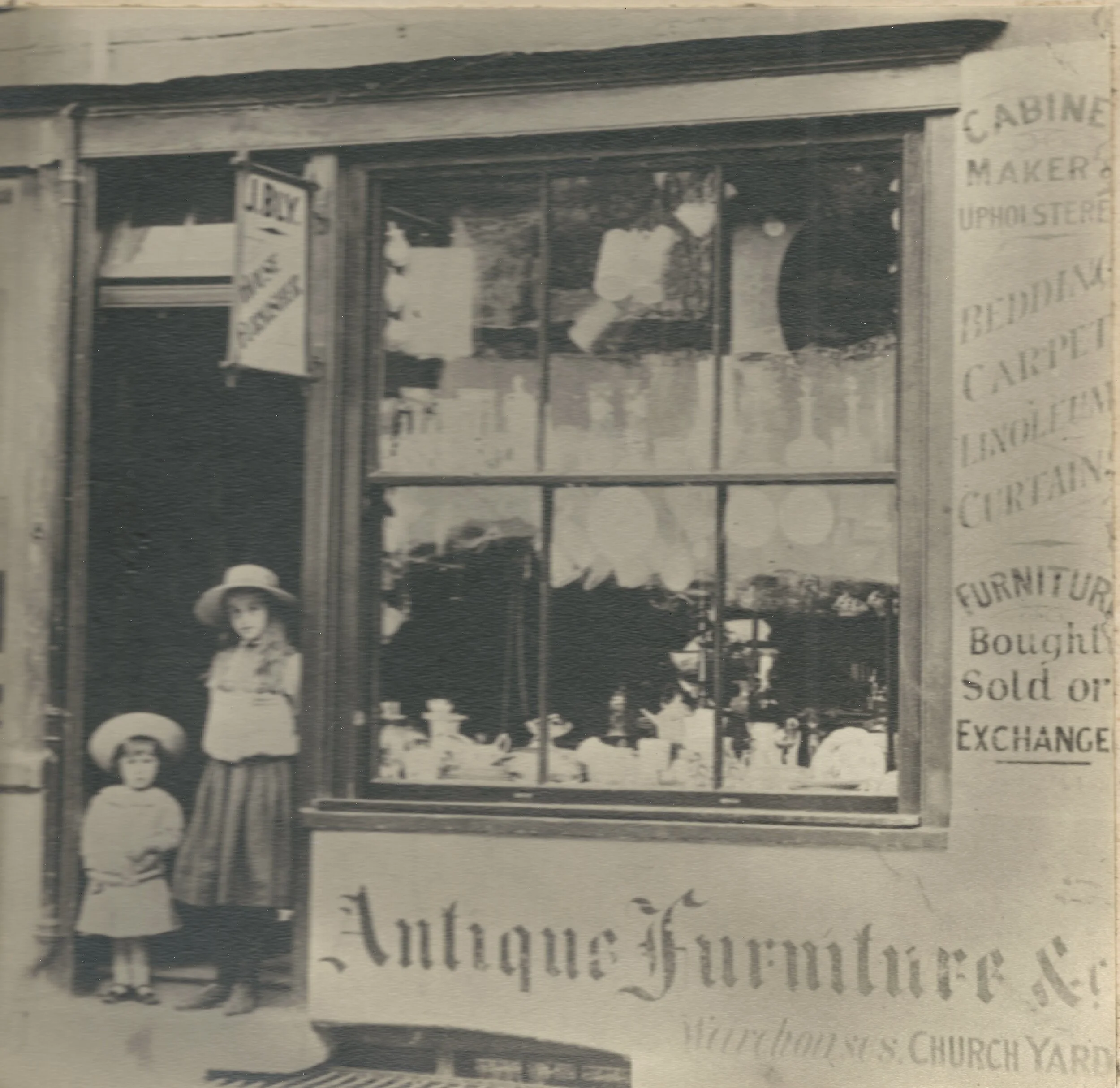Bly's Bounty January Edition 2020
Wherefore art thou?
"The rose is red, the violet's blue,The honey's sweet, and so are you. Thou art my love and I am thine; I drew thee to my Valentine". Yes it's that time of year again when we send notes of our affection to the one we love, and thanks to Sir Rowland Hill's postal reforms and the invention of the Penny Black stamp in c. 1840, we can send them anonymously. Such was the popularity of sending a Valentine card in mid-February that over 400,000 were sent in 1842. According to legend there are several Christian martyrs who deserve the credit for the name given to this annual celebration. The most likely would seem to be a priest who was martyred by the emperor Claudius Gothicus II for befriending his jailor's daughter and sending her a letter signed "from your Valentine". The actual middle of the month holiday dates back to the Roman celebration of the coming of Spring, pairing off men and women with fertility rights and other Roman goings on, called Lupercalia, which name was changed by Pope Gelasius at the end of the 5th century to St Valentine. But it was the development of the postal service worldwide that led to the frenzy of activity in all forms of card communication. From then the simple postcard became as immediate a message service as we count the internet today. Plain postcards had been introduced in 1870 and in 1894 the Royal Mail gave permission to British publishers to manufacture them as a commercial and advertising medium. In those days we had the luxury of up to seven postal deliveries each day so likening it to emails is not too much of a stretch. Today the postcard is another collectable. Those that follow are called 'deltiologists' and there are as many guides to price in this field as any other. For example look for any without a dividing line on the back. They will be before 1902, but beware. Believe it or not there are fakes. On a brighter note let's finish the Valentine verse from the beginning:- "The lot was cast and then I drew, And Fortune said it shou'd be you." There's romance for you.
Blys Bounty Festive Edition 2019
Roll Out The Barrel.......
Bly's Bounty November Edition 2019
Bly's Bounty October Edition 2019
Bly's Bounty September Edition 2019
Bly's Bounty August Edition 2019
All Stitched Up.......
The idea of painting by numbers on to a pre-drawn design is far from new and is often assumed to have begun with embroidery rather than paints when printed paper panels were published in Berlin and first appeared in England in 1805. These showed a squared pattern with each representing a stitch. To begin with the cross or tent stitch was used, and the wool which came from Gotha before being dyed in Berlin came with the patterns. A complete DIY kit. The firm of Wilks of Regent Street recognised the potential of this merchandise and by 1831 were retailing the complete range of materials and accessories required. By 1840 there were some fourteen thousand different Berlin patterns available incorporating wool, silk, glass beads and cut steel buttons. However the true story is much older. During the last quarter of the 18th century in England pictures created with wool embroidery onto a prepared silk background became increasingly popular. The subject matter knew no bounds: allegorical tableaux, popular prints of the day, mourning, scenes from the classics and the Bible, pastoral - shepherds and shepherdesses were much in demand as were depictions of pretty young women in a country setting. Among the most interesting are the narrative pictures, usually based on a fable or folklore often showing a family group with animals and a building or two. Unlike Berlin needlework the silk panel was hand drawn with watercolour paint to show the main outlines while the faces and hands of the figures were painted in the finest and most beautiful detail for the embroidery to be worked into the silk around them. Long or knotted stitches were most commonly used to create different effects to trees and fields, thatched roofs and flowers. The pictures were professionally done and could be bought in shops specialising in millinery, so pre-empting the Berlin needlework that swept the board for much of the 19th century.
Wool on silk embroidery, with a monogram WRB and date 1794 for sale at John Bly.









